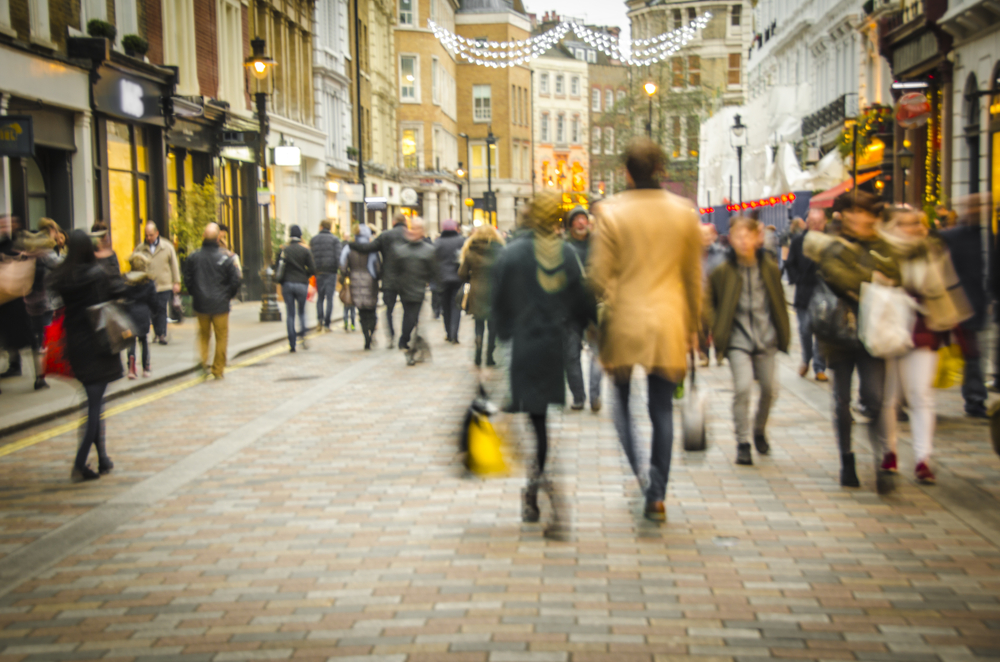
The latest ONS figures show retail sales volumes were flat (0.0 per cent) in March, with increases in household goods (2.4 per cent) and clothing (0.5 per cent), but a decrease in food sales (0.7 per cent).
Jacqui Baker, head of retail at RSM UK and chair of ICAEW’s Retail Group, comments: “Shoppers shied away from the high street in March to avoid the prolonged downpour of rain. Unfortunately, the retail sector didn’t benefit much from Mothers’ Day or the early Easter, as consumers prioritised dining out with family and friends rather than gifting.
“With glimpses of warmer weather on the horizon, this led consumers to spruce up their homes and refresh their wardrobes as they start to switch out their knitwear for their pastels. In addition, with another National Insurance cut in April and the ongoing improvement of economic indicators, consumers should gradually have more confidence to spend.
“Retail sales were up 0.4 per cent year-on-year in Q1, the first quarterly rise in two years. However, competition between retailers remains tough as they battle to catch the eye of consumers, resulting in some early discounts to shift stock and boost cash flow. Cost pressures continue to hit the industry and March was a particularly sad month with a number of big high street names falling away. However, as confidence improves, we will hopefully see a boost to retail spending, which should offset some of the cost pressures that retailers are facing.”
Thomas Pugh, economist at RSM UK, added, “Despite the flatness in retail sales in March, sales volumes rose by 1.9 percent quarter-on-quarter in Q1, another strong sign that the recession that marred the second half of last year is over.
“We expect retail sales volumes to continue to gradually improve from here for three key reasons. First, households’ real disposable incomes are set to rise rapidly from April as inflation drops back to 2 per cent and tax cuts kick in. This will boost overall consumer spending and retail sales volumes. What’s more, consumer confidence should continue to rise ensuring that households spend most of their new income.
“Second, inflation is especially weak within retail sales. The price of retail goods increased by just 2.2 per cent year-on-year in March, the slowest rise since early 2021. This means that continued strong nominal spending will increasingly show up in sales volumes.
“Third, retail sales volumes are still about 2 per cent below their pre-pandemic level. This is partly a hangover after a huge splurge in spending on goods during the pandemic. But after two years of reduced spending on retail goods, households will need to start replacing some of those things bought during the pandemic. What’s more, as the housing market starts to recover and transactions increase, this will boost demand for household goods.”
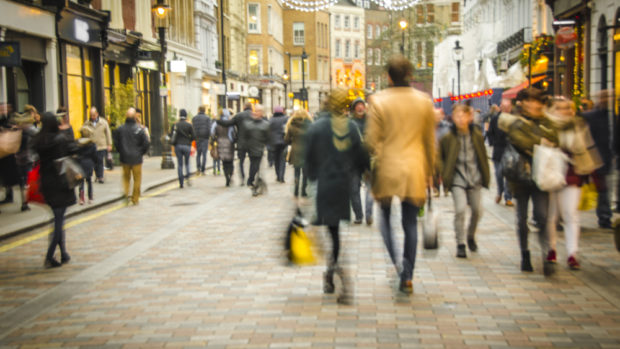



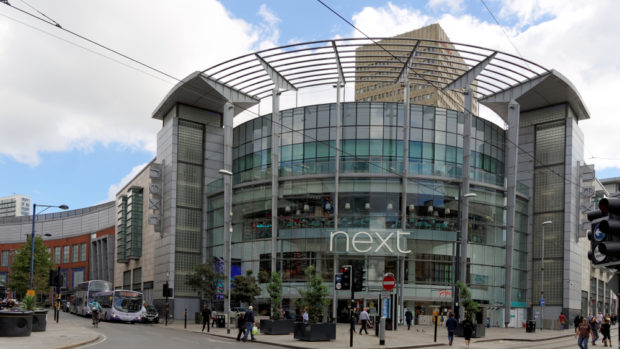
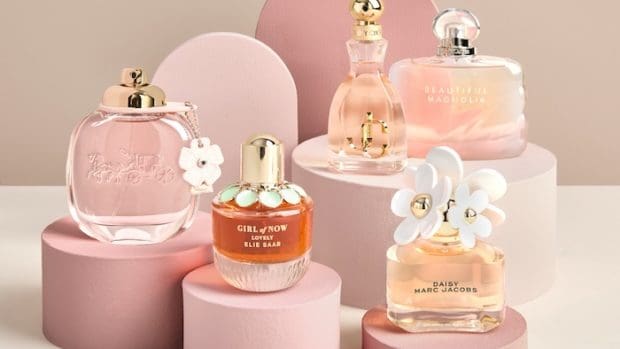
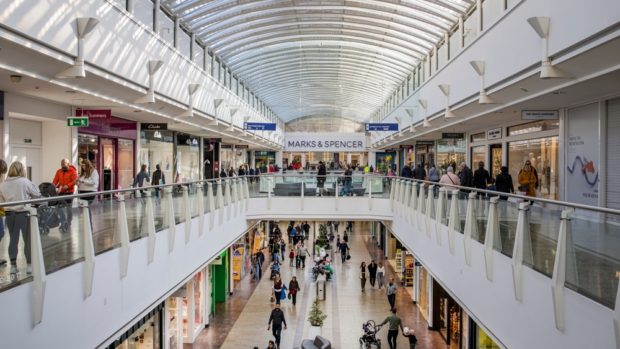
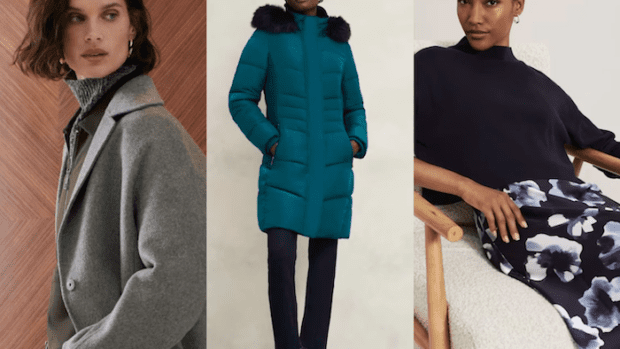
Share